If you’re a HP Spectre X360 user, and you find that your PC is abnormally hot when running, even to the point where it’s slowly burning itself, you’re not alone. Many Windows 10 users are reporting this problem as well.
No worries, it’s possible to fix. Here are 5 solutions for you to try. You may not need to try them all; just work your way down until you find the one works for you.
Step 4: Clean the Vents and Use Laptop Pooling Pad
Step 1: Modify Power Options
In many cases, abnormal heat in laptops are related to problematic power option. You can change its format to see if this problem is resolved:
1) On your keyboard, press the Windows logo key  and X at the same time, then click Power Options.
and X at the same time, then click Power Options.
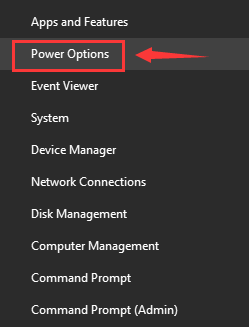
2) Click Additional power settings.
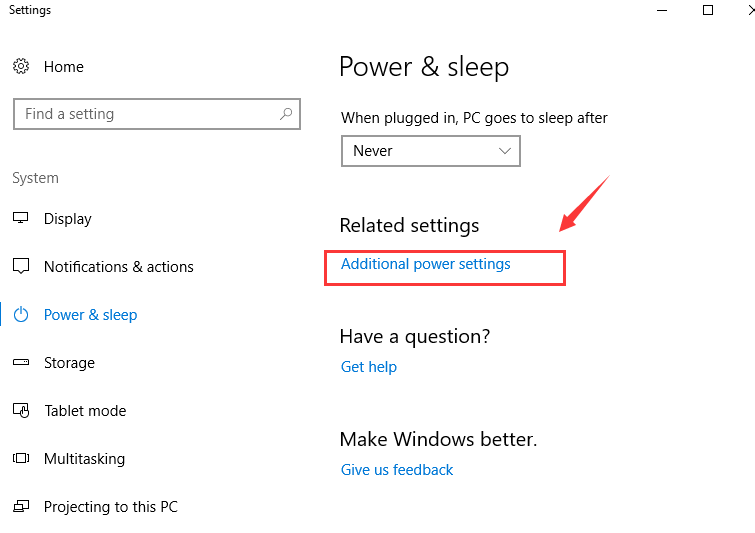
3) Click Change plan settings of whichever power plan that you are using.
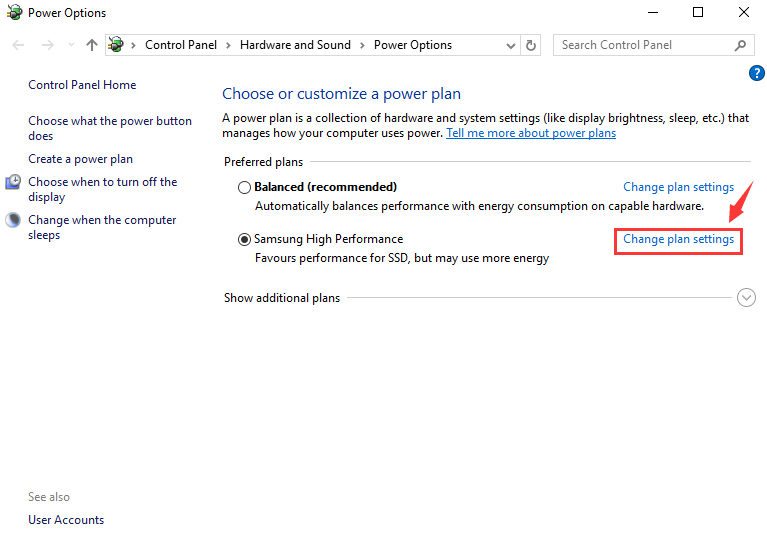
4) Click Change advanced power settings.
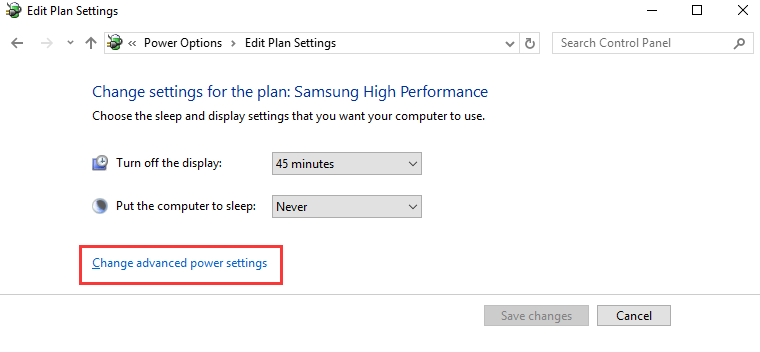
5) Expand Processor power management and System cooling policy.
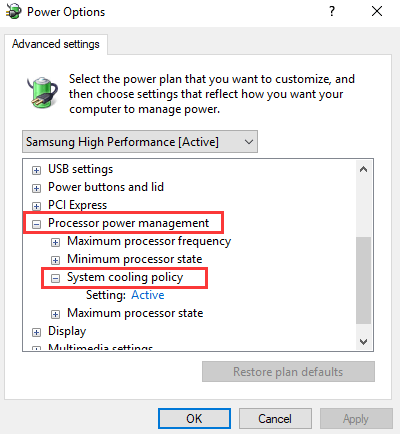
6) Select Passive, then click Apply and OK to save the change.
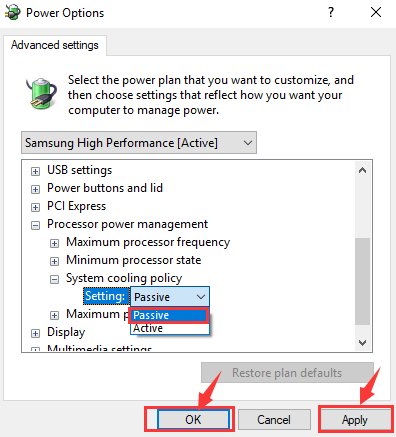
Step 2: Uninstall Bloatware
Some HP programs and other suspicious programs could be the culprit. To figure out what programs you should pay extra attention to, here is what you can do:
1) On your keyboard, press the Windows logo key and X at the same time, then click Task Manager.

2) Click the CPU tab. Select programs that are occupying most of your CPU usage and click End task.
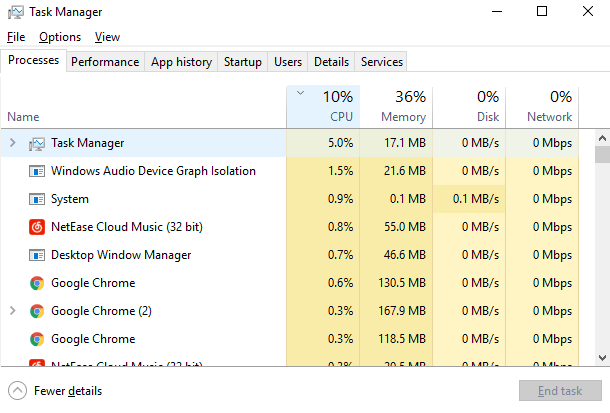
3) Go to Control Panel. View by Category and click Uninstall a program.
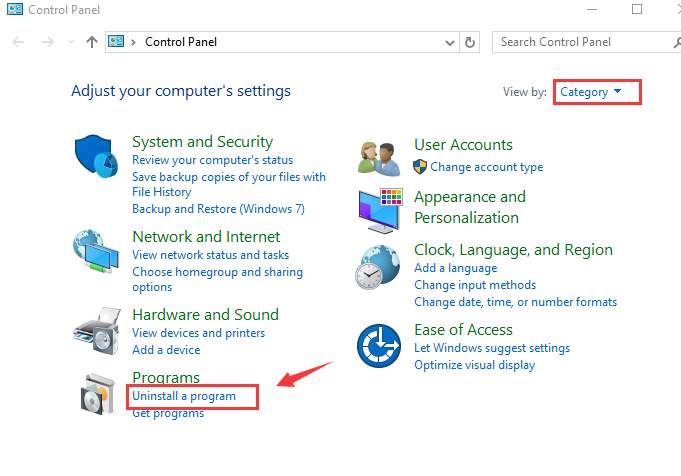
4) Delete programs that you rarely use.
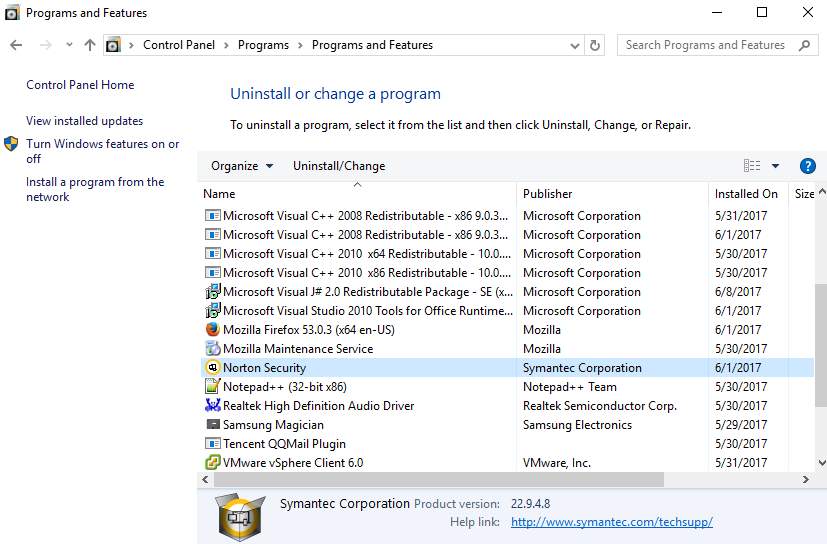
Note: The heating problem can be related to certain HP programs. You need to uninstall HP programs that you don’t need.
Step 3: Update HP 360 Device Drivers
Your extremely hot PC is probably being due to outdated or faulty device drivers. You should verify that all your devices have the right driver, and update those that don’t.
If you don’t have the time, patience or computer skills to update your drivers manually, you can do it automatically with Driver Easy.
Driver Easy will automatically recognize your system and find the correct drivers for it. You don’t need to know exactly what system your computer is running, you don’t need to risk downloading and installing the wrong driver, and you don’t need to worry about making a mistake when installing.
You can update your drivers automatically with either the FREE or the Pro version of Driver Easy. But with the Pro version it takes just 2 clicks (and you get full support and a 30-day money back guarantee):
1) Download and install Driver Easy.
2) Run Driver Easy and click the Scan Now button. Driver Easy will then scan your computer and detect any problem drivers.
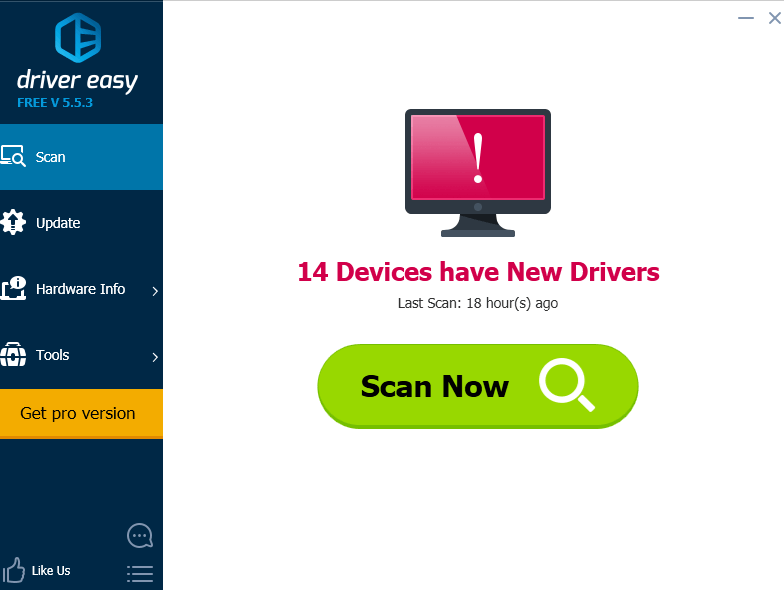
3) Click the Update button next to all flagged devices to automatically download and install the correct version of their drivers (you can do this with the FREE version).
Or click Update All to automatically download and install the correct version of all the drivers that are missing or out of date on your system (this requires the Pro version – you’ll be prompted to upgrade when you click Update All).
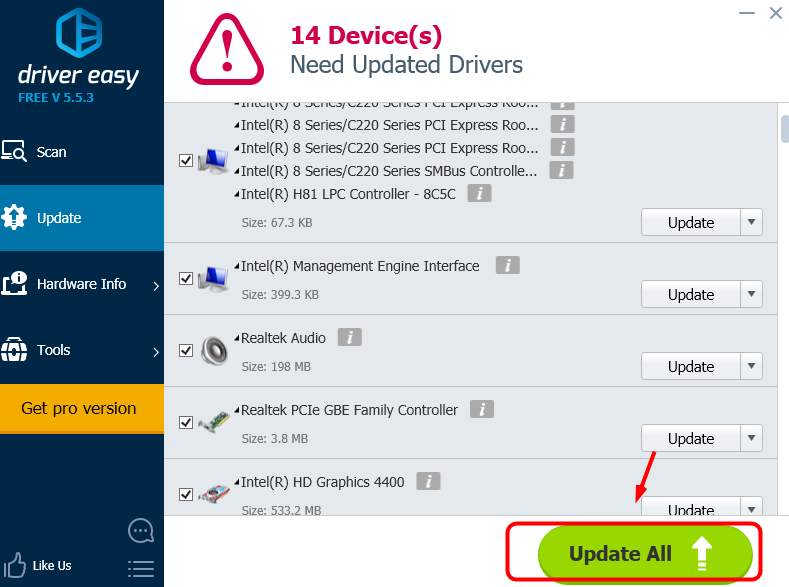
Step 4: Clean the Vents and Use Laptop Pooling Pad
You will need a can of compressed air and a laptop cooling pad so as to better clean the vents. Clogged vents could be the culprit of a overheating laptop in many cases.
1) Turn off your laptop completely and remove the external devices from all the ports. This is to avoid any unwanted damage to your laptop.
2) Spray the compressed air into all the vents around your laptop. Pay extra attention to the vents on the bottom, back and sides of the laptop.
3) Wipe away any dust or dirt blown out by the compressed air.
4) If you haven’t downloaded any hardware and manages temperature monitor, just download HP CoolSense provided by HP. It’ll keep any eye on the temperature of your laptop gadgets and warn you about any abnormal situation.
It’s also vital that you do not put the laptop straightly on your knee top or your thighs. And also avoid putting your laptop on a blanket or items that are not good for ventilation.
Step 5: Restore BIOS
If none of the above options help to solve your problem, you might need to restore your BIOS to the default setting to see if helps.
WARNING: Dealing with BIOS requires a certain level of mastery of computer knowledge, so please make sure you are fully aware of what you are to do before you actually restore your BIOS.
If you need help, please refer to the document written by HP here.





